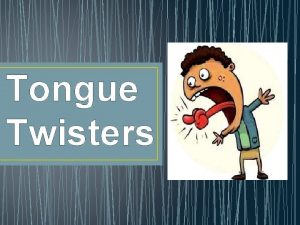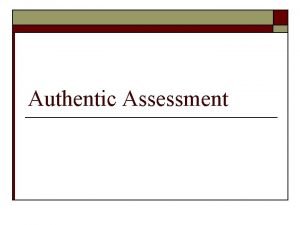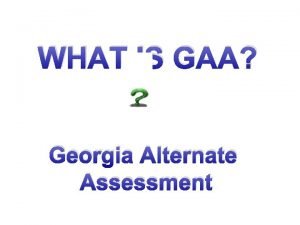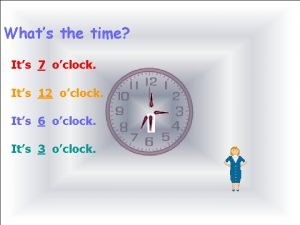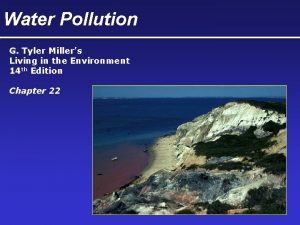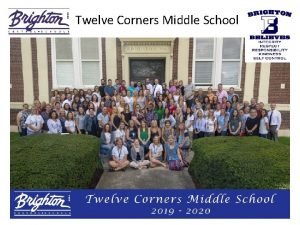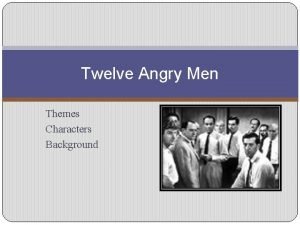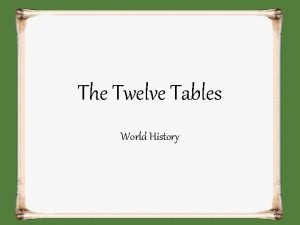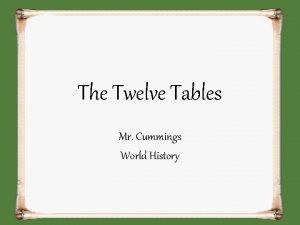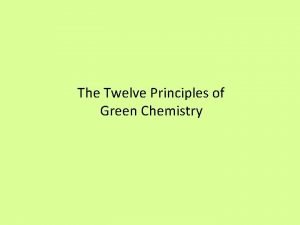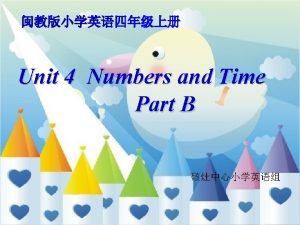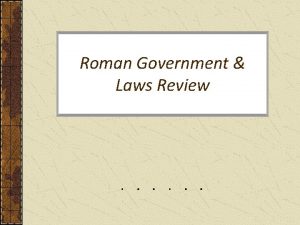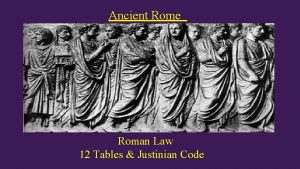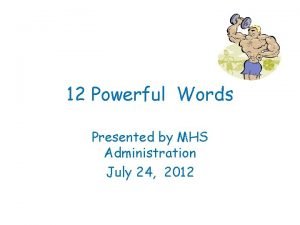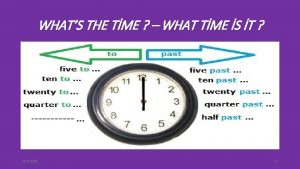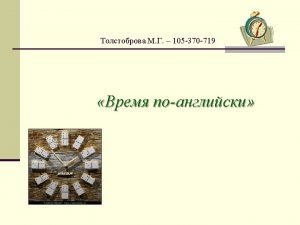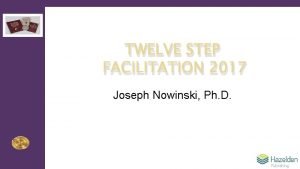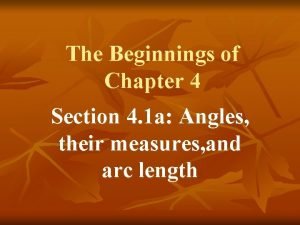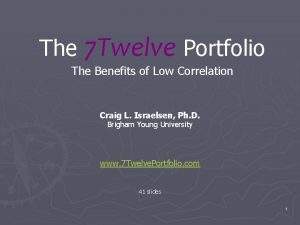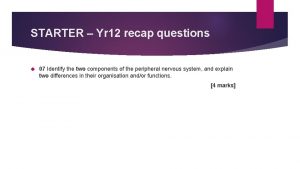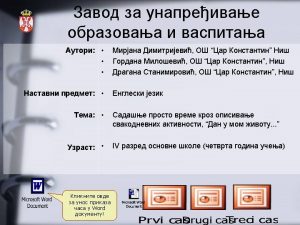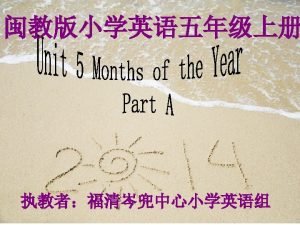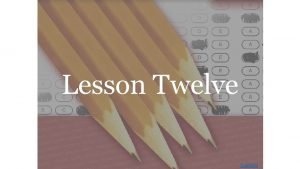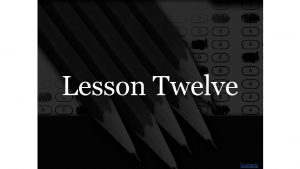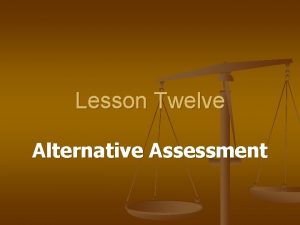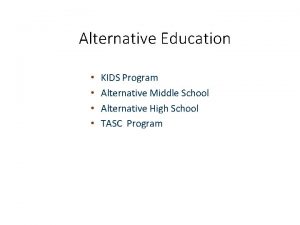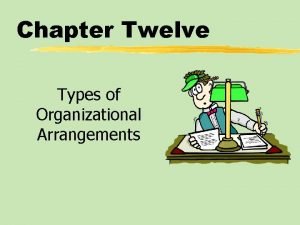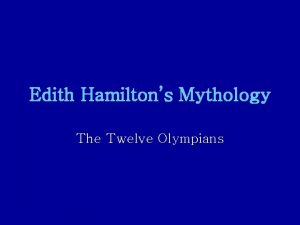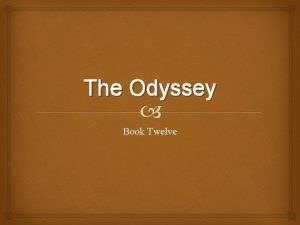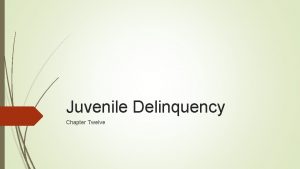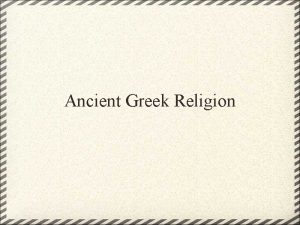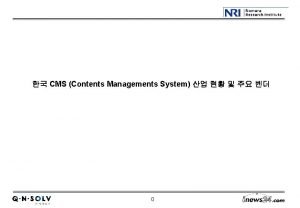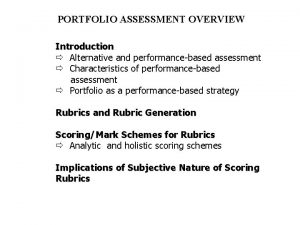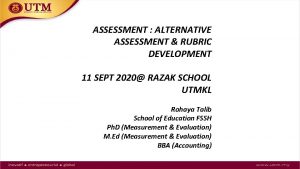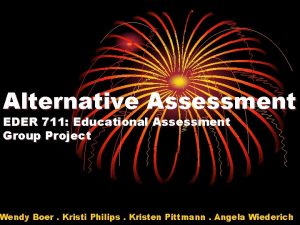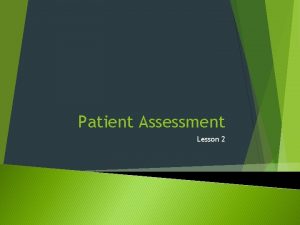Lesson Twelve Alternative Assessment Contents n n n

























- Slides: 25

Lesson Twelve Alternative Assessment

Contents n n n Tests vs. Assessment Definition & Characteristics of Alternative Assessment Traditional vs “Alternative” Assessment Performance-based Assessment Why Alternative Assessment Portfolios n n n definition, characteristics advantages, guidelines Observation Journal Summary Yun-Pi Yuan 2

Questions to Discuss What’s the difference between tests and assessment? n What does “alternative assessment” mean? n What’s the difference between traditional and alternative assessment? n Is performance-based assessment the same as alternative assessment? n Yun-Pi Yuan 3

Tests vs. Assessment (1) n All tests are assessments, but not all assessments are tests. Tests Assessment Teaching Yun-Pi Yuan 4 (Brown 5)

Tests vs. Assessment (2) n Tests: n Formal procedures n Strict time limitations n Sample the performance of an individual in a specific domain n Assessment: n Includes all occasions n Both formal and informal n Alternative assessment: early 1990 s n Fairness n Balance of power. Yun-Pi relationships in the classroom Yuan 5

Alternative Assessment n Definition: n Any method of finding out what a student knows or can do that is intended to show growth and inform instruction and is alternative to traditional forms of testing, namely, multiple-choice tests. n Multi-assessment methods, rather than sticking to traditional paper-and-pencil tests. Yun-Pi Yuan 6

Characteristics of Alternative Assessment n n n n Require Ss to perform, create, produce, or do something Use real-world contexts or simulations Assess Ss on what they do in class every day Focus on processes as well as products Higher-level thinking & problem-solving skills Provide info. about Ss’ strengths & weaknesses Use human judgment in scoring More. . (cited in Brown 252; Brown & Hudson 654 -55) Yun-Pi Yuan 7

Traditional versus “Alternative” Assessment (1) One-shot tests Continuous, longitudinal assessment Indirect tests Direct assessment Inauthentic tests Authentic assessment Individual projects Group projects No feedback provided to learners Feedback provided to learners Speeded exams Untimed exams Decontextualized test tasks Contextualized test tasks Norm-referenced score interpretation Criterion-referenced score interpretation Standardized tests Classroom-based tests Bailey, Kathleen M. (1998) Learning about Language Assessment. (p. 207) Yun-Pi Yuan 8

Traditional versus “Alternative” Assessment (2) (Brown 13) One-shot, standardized exams Continuous long-term assessment Timed, multiple-choice format Untimed, free-response format Decontextualized test items Contextualized communicative Scores suffice for feedback Individualized feedback/washback Norm-referenced scores Criterion-referenced scores Focus on the “right” answer Open-ended, creative answers Summative Formative Oriented to product Oriented to process Non-interactive performance Interactive performance Fosters extrinsic motivation Fosters intrinsic motivation Yun-Pi Yuan 9

Advantages n Traditional multiple-choice tests: n Highly practical n Highly reliable n Alternative assessment: n Beneficial washback n Authenticity greater face validity n Some suggestions: n See Brown 254. (See figure 10. 1, Brown 253) Yun-Pi Yuan 10

Performance-based Assessment n n Productive, observable skills of content-valid tasks A subset of authentic assessment, but not all authentic assessment is performance-based Alternative assessment could be performancebased. Characteristics of performance assessment: n n n Constructed response Higher-order thinking involved, with open-ended, meaningful, engaging, and authentic tasks Integration of language skills Both process and product are assessed A student’s mastery is emphasized Yun-Pi Yuan 11

Three Basic Assessment Types n Following Brown & Hudson’s (1998) classification: n Alternatives in assessment: n Selected n T/F, response: matching, multiple-choice n Constructed n Fill-in, response: short answer, performance assessments n Personal response: n Conferences, portfolios, self/peer assessments Yun-Pi Yuan 12

Another Classification n Evaluation with tests Purposes/uses n Kinds n Formats n Characteristics of good tests n n Evaluation without tests (alternative assessment) Portfolios n Journals n Conferences, interviews n Observations n Performance assessment n Self & peer assessment Yun-Pi Yuan 13 n

Why Alternative Assessment? n Uncertain about test scores n n n What’s the real difference between scores of 59 and 61 (esp. 60 = passing score) Small or chance difference in test scores No such thing as a perfect test Multi-method assessment in order to account for multi-culture, multi-intelligences of learners It can assess learning processes in an on-going manner Many Ts become dissatisfied with the mismatch between how they teach & how assessment is done Yun-Pi Yuan 14

Definition of Portfolios n n “A portfolio is a purposeful collection of student work that exhibits the student’s efforts, progress, and achievements in one or more areas. The collection must include student participation in selecting contents, the criteria for judging merit, and evidence of student self-reflection” (Paulson, Paulson & Meyer, 1991). “A purposeful collection of students’ work that tell the story of their achievements, skills, efforts, abilities, and contributions to a particular class” (Brown & Hudson, p. 664) Yun-Pi Yuan 15

Characteristics of Portfolios n n n Teacher and students can negotiate to decide what is included. The learner has some control over what is being assessed. (learner-centered) Not necessary to include everything, depending on the purpose To document development over time (e. g. , drafts) Typical portfolio: four sections n Introduction: portfolio contents, reflective essay n Academic works n Personal section, e. g. journals, photos n Assessment section: evaluation from peers, teachers Yun-Pi Yuan 16

Guidelines n n n n State objectives clearly. Give guidelines on what materials to include. Communicate assessment criteria to students. Designate time within the curriculum for portfolio development. Establish periodic schedules for review and conferencing. Designate an accessible place to keep portfolio. Provide positive washback-giving final assessments. Yun-Pi Yuan 17

Advantages n n n n Foster intrinsic motivation, responsibility & ownership Promote S-T interaction with T as facilitator Individualize learning & celebrate uniqueness of each student Provide tangible evidence of a S’s work Facilitate critical thinking, self-assessment, & revision processes Opportunities for collaborative work w/ peers Assessment of multiple dimensions of language learning Yun-Pi Yuan 18

Good Assessment Method? n n Is portfolio a good assessment tool? Check against the characteristics of good assessment: Validity n Reliability n Practicality n Authenticity n Washback n (Brown 259; Bailey 218) Yun-Pi Yuan 19

Observation (1) n Purpose: for teachers to make inferences about instructional or learning processes or strategies n to explain failure to learn n n Systematic, planned procedure for real-time recording of S verbal and nonverbal behavior Yun-Pi Yuan 20

Observation (2) n Planning classroom observation the objectives of the observation n aspects of teaching/learning included in obs. n keep elements of observation at one time limited n number of Ss being observed at one time n how many observations, one occasion or repeatedly? n how to record your observations n n n Anecdotal records, checklists, rating scales (Brown 268) how you will use the results Yun-Pi Yuan 21

Journal (1) n Definition: An account of one’s thoughts, feelings, reactions, assessments, ideas, or progress toward goals n With little attention to structure, form or correctness n n Features: Self-reflection n Writing practice; writing as a thinking process n Individualization n Communication with the teacher n Most formative n Yun-Pi Yuan 22

Journal (2) n Guidelines: Introduce Ss to the concept of journal writing. n State the objectives of the journal. (Brown 262) n Give guidelines on what kinds of topics to include. n Provide optimal feedback in your responses. n Designate appropriate time frames & schedules for review. n Provide formative, washback-giving final comments. n n A good assessment measure? Yun-Pi Yuan 23

Summary of Alternative Assessment principle portfolio journal prcticality low conferen ce low reliability mod mod low Face high validity Content high validity washback high mod high high high mod high authentici high ty high mod high Yun-Pi Yuan 24 interview observat self/peer ion mod mod

Performance Tests n n Second Language Assessment: performance of a particular job or set of situated functions. Strengths: using stimulus materials Authentic n Direct n Highly contextualized n (Bailey 208 - 215) Yun-Pi Yuan 25
 Example tongue twisters
Example tongue twisters Lesson twelve saving and investing
Lesson twelve saving and investing Ihi leadership alliance
Ihi leadership alliance Authentic task meaning
Authentic task meaning Characteristics of effective tools for evaluation
Characteristics of effective tools for evaluation Georgia alternate assessment
Georgia alternate assessment 12 'o' clock
12 'o' clock What are the terrible twelve water pollution
What are the terrible twelve water pollution Twelve corners middle school
Twelve corners middle school Themes in 12 angry men
Themes in 12 angry men Define twelve tables
Define twelve tables Si in ius vocat ito
Si in ius vocat ito 12 principles of green chemistry with examples
12 principles of green chemistry with examples One two three four five six to hundred
One two three four five six to hundred Roman twelve tables laws
Roman twelve tables laws 12 tables of roman law
12 tables of roman law Twelve powerful words
Twelve powerful words It's quarter to twelve
It's quarter to twelve It's half past three.
It's half past three. The twelve step facilitation handbook
The twelve step facilitation handbook It takes ten identical pieces to form
It takes ten identical pieces to form Seven twelve portfolio
Seven twelve portfolio Josie is twelve last year
Josie is twelve last year High twelve international
High twelve international It half past six
It half past six There are twelve months in a year
There are twelve months in a year
